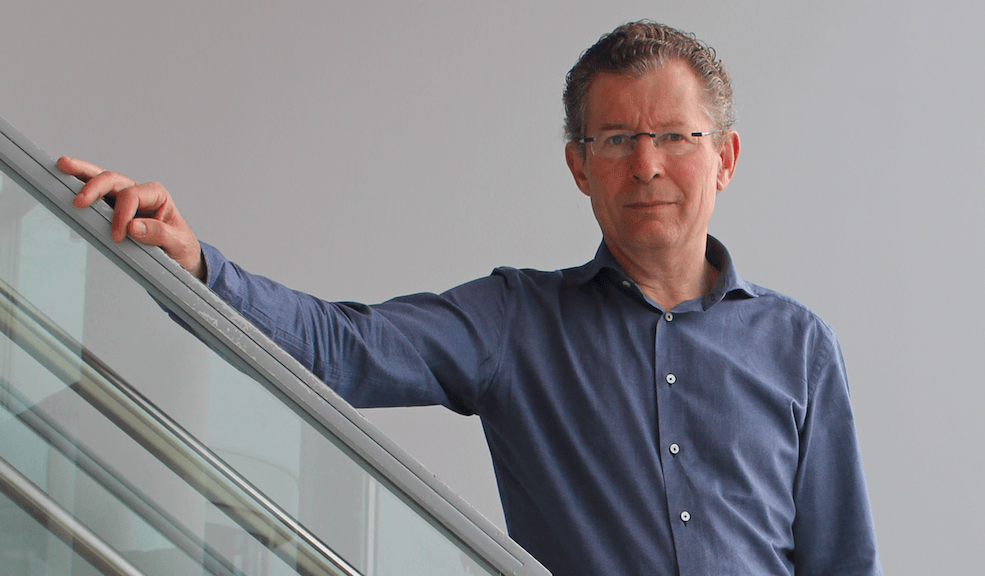
Ten startups from Eindhoven have been honoured with the Gerard and Anton Award 2016. The jury of the awards thinks these ten have all it takes to follow the footsteps of Gerard and Anton Philips who, 125 years ago, formed the first truly successful startup in the region. Every day we highlight one of those startups. Today: G-Therapeutics.
Here’s everything on the Gerard & Anton Awards
Helping people with spinal cord injuries to be able to walk again, that’s the ultimate goal of G-therapeutics. Sjaak Deckers’ new startup is taking steps in the right direction, but still has a long way to go. The partially Eindhoven-based company is developing a therapy electrodes deployed in the spinal cord, combined with intensive physiotherapy and a new medical rehabilitation platform. The first results of experiments on animals are “promising”, the first human patients will be treated later this year.
For the top 10 Startup to watch E52 visited G-Therapeutics on the High Tech Campus.
The Jury:
Sjaak Deckers did not sit back after his success with Sapiens. He started a new company to tackle another major medical problem, helping paraplegics to learn to walk again.

The original idea comes from the Swiss Professor Grégoire Courtine, who did more than 15 years of research at the Technical University of Lausanne (EPFL) into possible treatments for people with spinal cord injuries. Deckers: “After the sale of Sapiens I wanted something new, and investors introduced me at Grégoire. He was struggling for two years to build a company that could bring this therapy to market. I was impressed by the amount of knowledge that he and his team have. We decided to put together a solution: combine the medical knowledge of Grégoire with my years of experience in setting up healthcare startups. I knew what was needed: investors with a long breath, because something as complex as this will not be on the market within five years or so.”
Focus?
At present, G-Therapeutics focuses on people with incomplete spinal cord injury. “This means that a part of the nerve channel is still intact. The implant is placed in the spinal cord and stimulates an area of the spinal cord that controls the muscles. Combined with intensive physical therapy on a daily basis it seems possible to stimulate the remaining nerves to form new offshoots. These new nerve channels restore the contact with the brains, making people regain control over their muscles.”
During the treatment, a computerized platform supports the weight of the patient during the workout. “We have a prototype in Switzerland, but we will work together with another European company to develop an improved version, which they will bring to market themselves.” Meanwhile, G-therapeutics is aiming at a huge milestone. If all goes well, Courtine and his team will treat the first human patients later this year at the University Hospital of Lausanne. Deckers is careful with his promises, because he knows that a lot of the development is still uncertain.
“It will be very exciting. For us, but especially for the patients. So far, they have learned to accept that they will probably never walk again. We don’t want to give these people any false hope, or the illusion that with electrodes on their spinal cord they will suddenly be completely healthy. Please don’t raise the expectations too high. But having said that, we envision a clear improvement in the quality of life. People with spinal cord injury may also have all kinds of other problems. Such as problems with digestion, bedsores, incontinence and decreased resistance. We hope that with our therapy these patients also experience improvements in these areas.”
Lausanne and Eindhoven?

Deckers calls G-Therapeutics a truly European company, with the business management and development facilities in Eindhoven and the clinical and scientific section in Lausanne. “We now have six different nationalities in our team. It is nice that talent comes from everywhere to work for us. In the Netherlands, the business climate is very favorable with good subsidies for innovation and access to good product developers. In Switzerland we have the team of scientists who begin the study. In both countries, there is an extensive network of clinical labs that we have contact with. We combine the best of both countries”, Deckers says.
He glances through his room and then points to the screen on the wall: “The distance still makes it difficult sometimes, so that’s why we have this big screen on the wall. We keep in close contact and keep each other informed. The relationship with the Technical University in Lausanne remains important. The academic vision of Grégoire reaches twenty years ahead. For G-Therapeutics it’s crucial that we can come up with some good patents, that’s why we focus entirely on the first product. That’s because we want to help patients in their daily lives much earlier than that, preferably within five years already. As CEO it’s my task to keep this vision for the team: develop products that significantly improve the lives of these patients. Basically my job is very simple; I have to take care of money and a clear and realistic vision so ultimately everyone wants to work one hundred percent for this goal. If this is settled, good people want to participate.”

